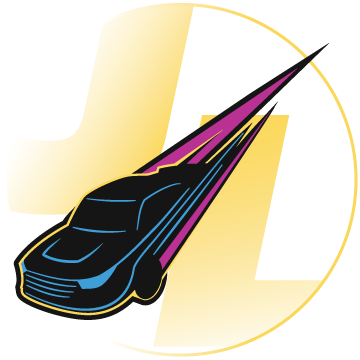Last week, nascarman posted a little known fact of NASCAR history about the final race in the history of Trenton Speedway, a race track lost to time. The track was described as a “Kidney bean” shape, and it hosted lots of auto racing during the middle of the 20th century.
June 29, 1980: The last race ever held at Trenton Speedway was a NASCAR Modified race. Geoff Bodine beat Richie Evans to win
— nascarman (@nascarman_rr) June 29, 2023
After track owner George Hamid died, his children fought over what to do with it. After a sale to Roger Penske fell through, he track was redeveloped pic.twitter.com/XhJgm7I78Q
Well, let’s take a look back at Trenton Speedway, and the history of it. It could be one of the most significant race tracks of its era.
Trenton Speedway was originally built at a 0.5 mile dirt oval in 1900, then expanded to a 1.0 mile dirt oval in 1946. However, the track’s glory years did not come until it was paved for the 1957 season.
After one USAC Champ Car (precursor to IndyCar) race was held in 1949 on the dirt oval. Trenton became a permanent stop on the IndyCar calendar after it was paved in 1957. The first race on pavement was won by Pat O’Connor.
NASCAR ran its first two races at the venue in 1958 and 1959. The first race was known as the “Northern 500”, and it joined Riverside and Darlington as the only 500 mile races on the Cup Series calendar. Fireball Roberts won that first race by two laps over Junior Johnson.
In 1959, the entry list for NASCAR was only 18 for a 150 mile race according to Racing Reference. NASCAR was out of Trenton, but IndyCar persisted there.
A.J. Foyt was by far the most successful driver at the track. He won 12 races at the facility including five in a row between 1963 and 1964. IndyCar routinely found itself at the track two or sometimes three times per year during this era.
NASCAR eventually returned to the track in 1967 with a 300 mile race. This race won by Richard Petty over Darel Dierenger after Petty led 244 of 300 laps. Trenton’s glory years were about to be in full-swing.
The Trenton Speedway was becoming very popular, so popular, in fact, that in 1971, the newly built Pocono Raceway patterned one of its turns off of it. Turn one was patterned off of Trenton Speedway, and it still is to this very day. The highest banked of Pocono’s three turns.
That same year, Trenton gained its most unique feature, the “kidney bean” shape. The track was expanded to 1.5 miles in 1968, and the backstretch had a right handed kink added to it. This gave the track a very unique shape, and it continued to host big events.
IndyCar continued to race there twice a year, and NASCAR made their yearly stops there. Legends such as David Pearson, Petty, and Bobby Allison took wins home in the NASCAR races there.
NASCAR would not stay for long, however, as the Cup Series ran their final race there in 1972. It was won by Bobby Allison, who edged Bobby Isaac by 1.2 seconds.
IndyCar hosted two races per year there after that, however. The track, though, did not last forever.
Despite the race track still hosting IndyCar races, the future of the track was uncertain, especially after owner George Hamid Sr. died in 1971. The track then fell into control of his son George Hamid Jr.
According to nascarman, the children of Hamid disagreed about what to do with the track. Roger Penske stepped in in 1979 during the original CART/USAC split to stage races at the track according to the New York Times.
CART hosted three IndyCar races at the track in 1979, and, despite Penske’s deal being for two years, those were the final races held at Trenton. The track was sold in 1980 after that final NASCAR Modified race on this date in 1980, won by Geoff Bodine. It was redeveloped shortly thereafter.
